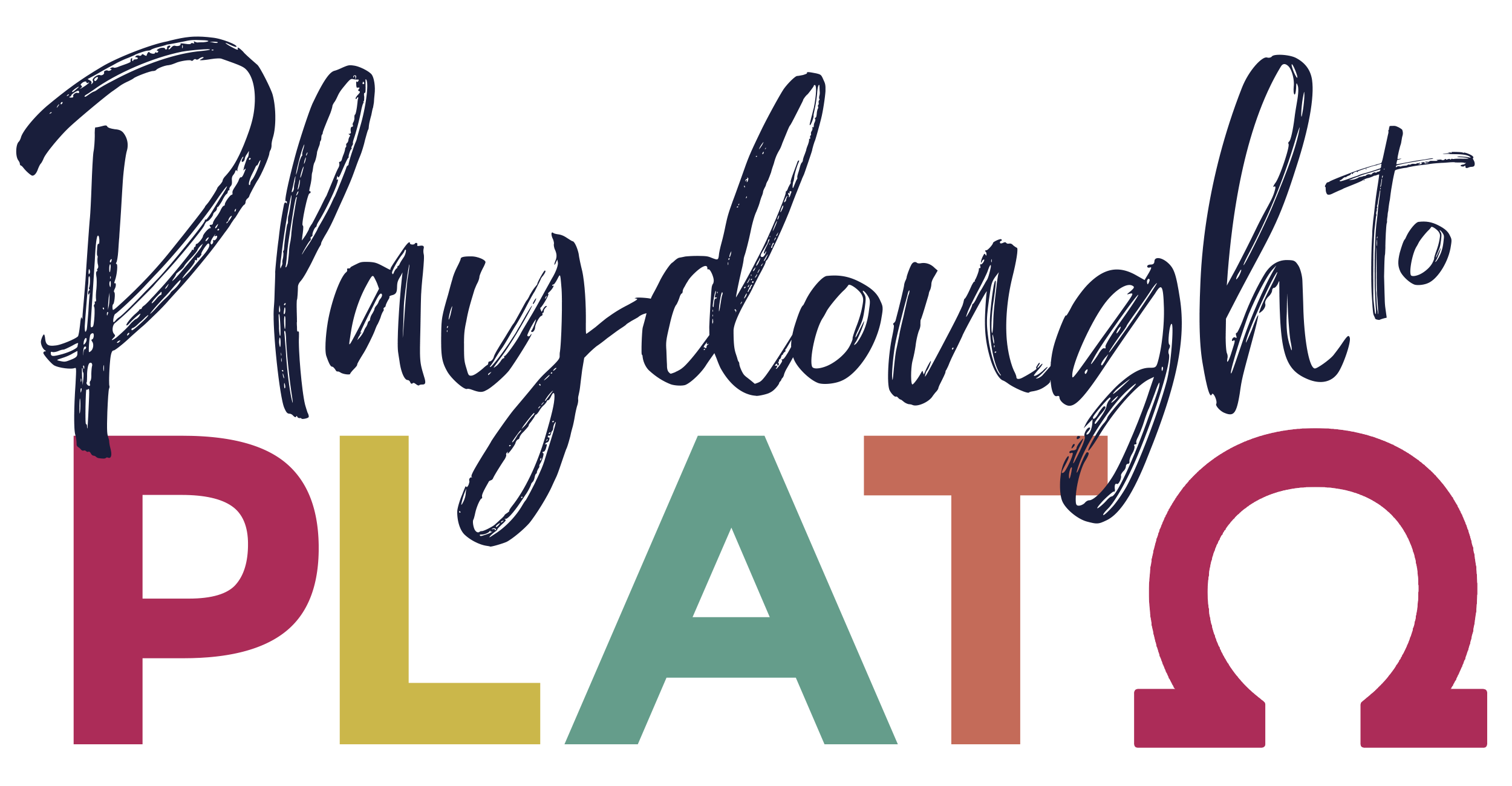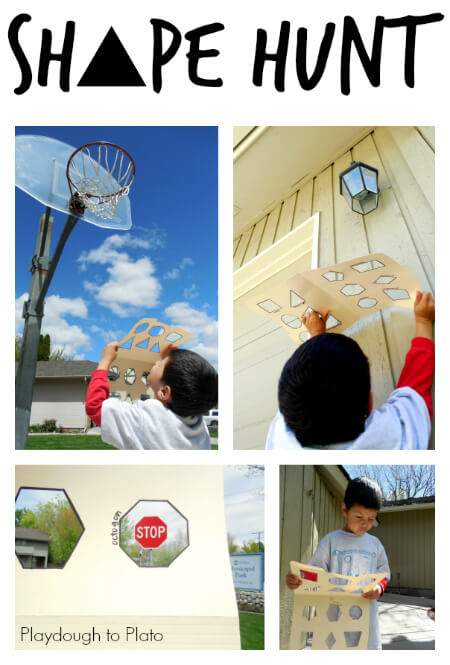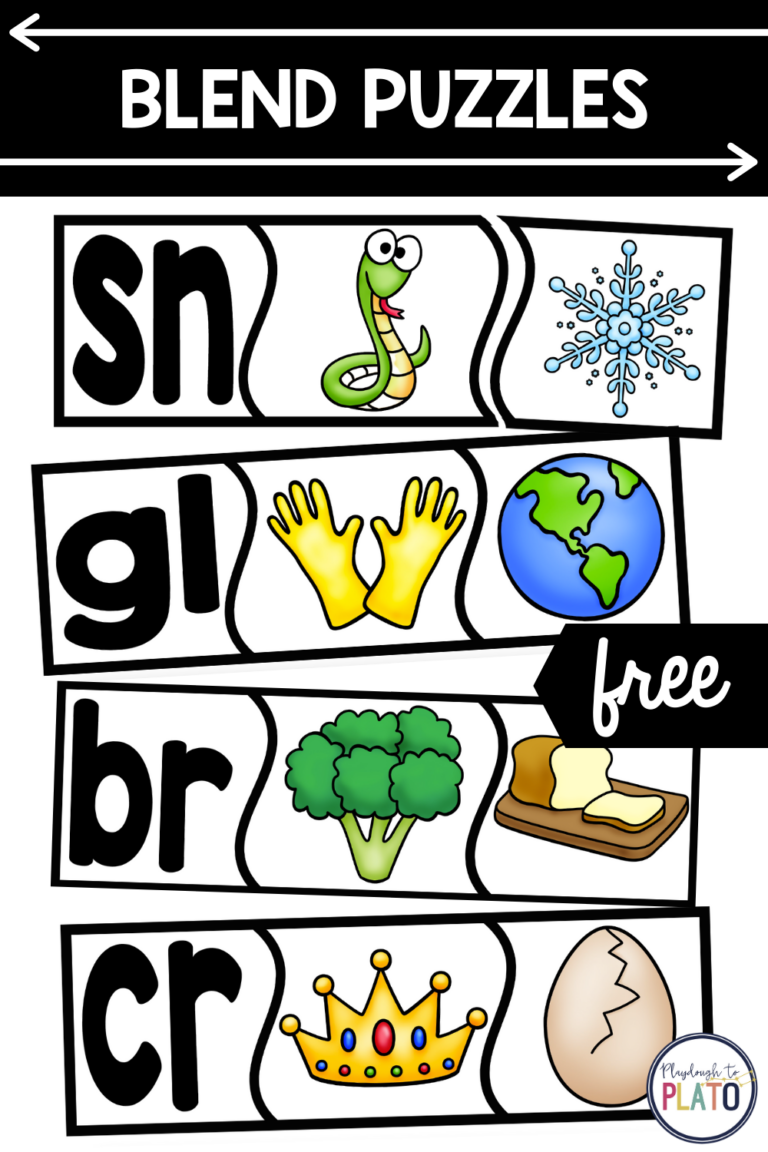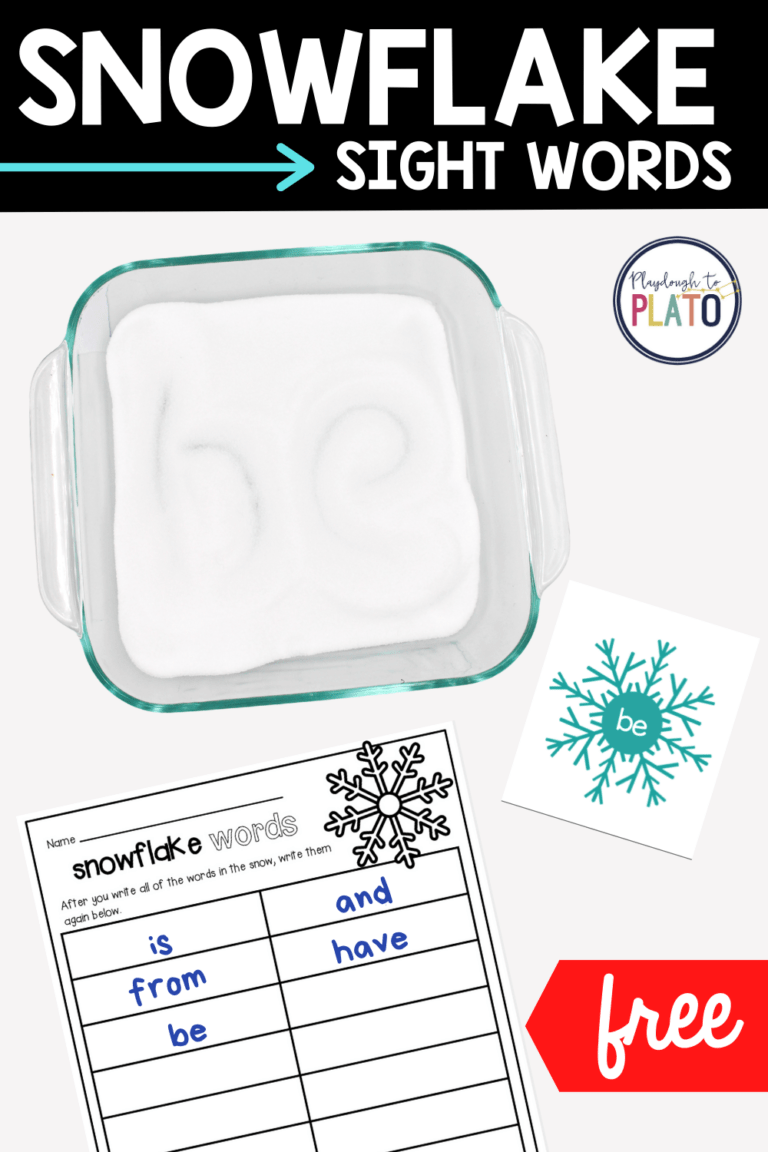Are you curious if your curriculum is science of reading aligned so you can ensure your students are receiving the best reading instruction possible? If so, this list is for you. The Science of Reading is a research-based approach that continues gaining traction because of its effectiveness in teaching children to read. It emphasizes phonemic awareness, phonics, vocabulary, fluency, and comprehension—the foundational pillars of reading.
However, not all curricula align with this evidence-based approach. In fact, most do not. Here are some of the most common signs that your current curriculum may not be Science of Reading aligned:
1. Lack of Phonemic Awareness Instruction
Phonemic awareness is the ability to recognize and manipulate individual sounds in spoken words. A Science of Reading aligned curriculum places a strong emphasis on teaching phonemic awareness starting in the earliest stages of reading instruction. It’s so important that literacy experts including David Kilpatrick recommend practicing it every single day. If your curriculum is skipping or minimizing phonemic awareness exercises, it may not be following this crucial aspect of the Science of Reading.
2. Limited Phonics Instruction
Phonics is the understanding that letters represent sounds. Research has proven that successful reading instruction prioritizes teaching phonics systematically and explicitly. Just like you wouldn’t want to fly a plane on your first day of flight school, most students’ brains aren’t able to start reading without learning all of the phonics skills in order from very basic to most complex. If your curriculum does not have a structured and clear approach to teaching phonics, or if it fails to teach the relationships between letters and sounds, it likely does not align with the Science of Reading.
3. Inadequate Vocabulary Building
A strong vocabulary is essential for reading comprehension. Science of Reading aligned curricula incorporate strategies to build vocabulary through explicit instruction and exposure to a wide range of words. Read alouds are fantastic for this! If your curriculum lacks focused vocabulary-building activities and strategies, it may not be following the Science of Reading principles.
4. Overemphasis on Whole Language or Sight Words
While whole language and sight words have their place in reading instruction, a Science of Reading aligned curriculum emphasizes the importance of phonics alongside whole language instruction. If your curriculum leans heavily towards sight word memorization without providing ample phonics instruction or sound mapping, it may not align with the Science of Reading.
5. Ignoring the Science of Reading Research
A clear sign that your curriculum may not be Science of Reading aligned is if it doesn’t reference or integrate the wealth of research supporting this approach. This body of research has been collected by experts in dozens of fields for more than 70+ years. Just imagine how much warehouse space it would take to stack every brain scan, research experiment, case study, and journal article that has ever focused on reading and you’ll start to picture how much information is available to us.
But unfortunately, most of that research was not readily available to the people who need it most (YOU!) until very recently. It’s time to change all of that. A Science of Reading aligned curriculum must draw on a strong evidence base and use research findings to inform its teaching methods.
6. Lack of Structured and Systematic Instruction
Science of Reading emphasizes a structured and systematic approach to reading instruction, gradually building on foundational skills. If your curriculum lacks a clear progression of skills and jumps haphazardly from one topic to another, it might not align with the Science of Reading.
Recognizing the signs of a curriculum that may not be Science of Reading aligned is essential for ensuring effective reading instruction. If you’ve identified any of these signs in your current curriculum, it might be worth exploring alternative options that adhere to the Science of Reading principles, ultimately giving your child or students a strong foundation in reading that will benefit them throughout their lives.
Grab Our Free Curriculum Checklist
Eager to see how well your curriculum aligns with the Science of Reading? We pulled together a list of the most common red flags for you!
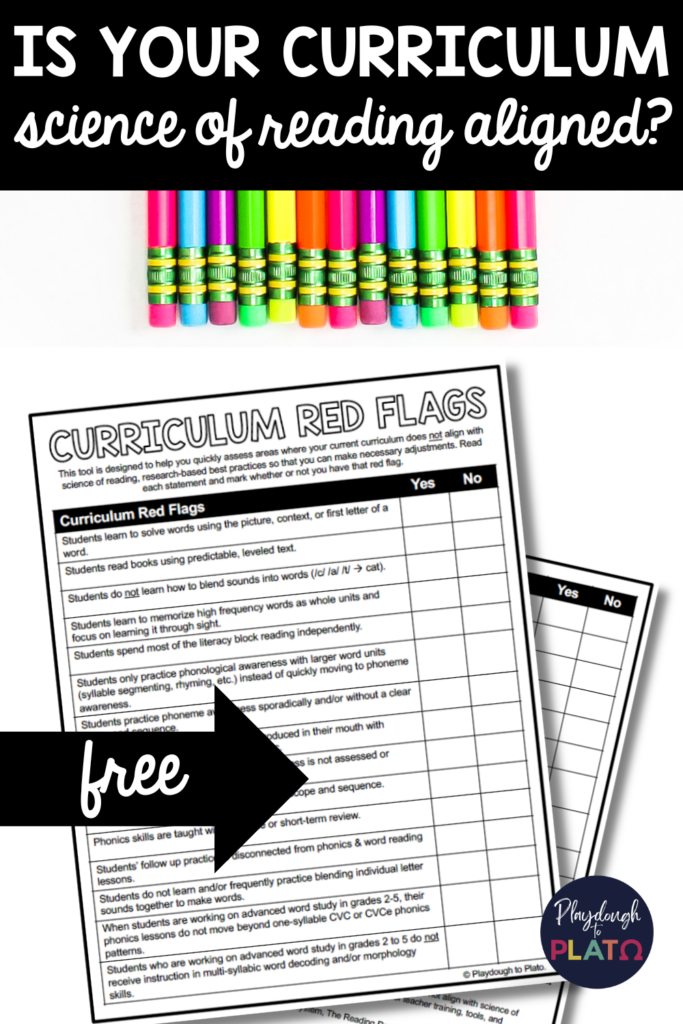
It includes 27 warning signs including students spending most of their literacy block reading independently and follow up practice that is disconnected from phonics and word reading lessons.
Just click the big blue “download here” button below to snag your copy and see how many red flags need tweaking.


